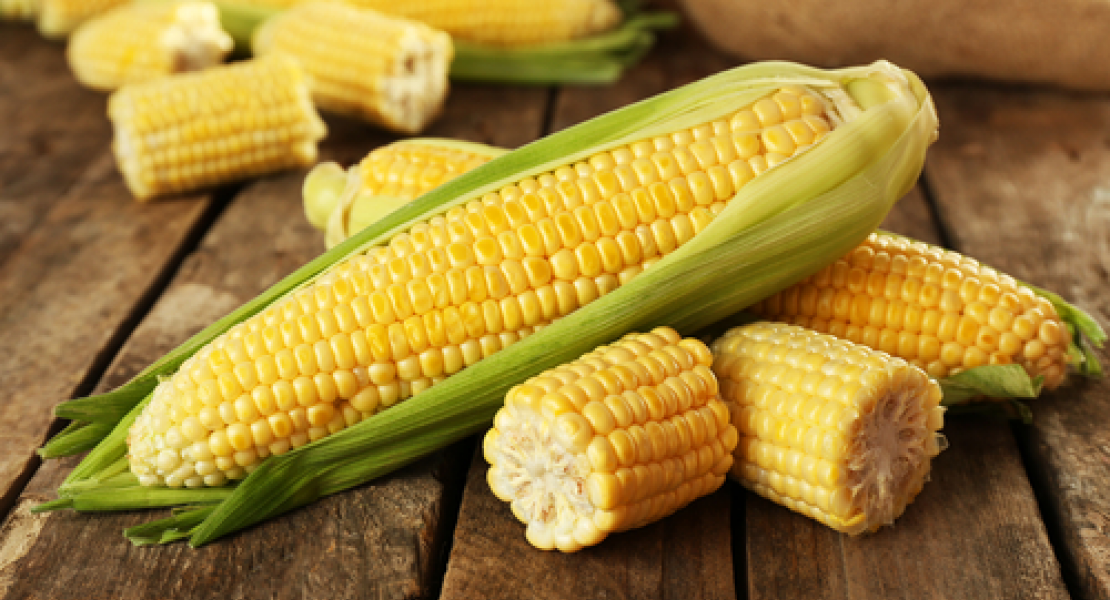In March 2017 senior staff scientist Hilde Nelissen, lab technicians Jolien De Block, Kirin Demuynck and postdoc Tom Van Hautegem of the Dirk Inzé lab at the VIB-UGent Center for Plant Systems Biology unveiled a discovery critical to crop science – a gene called PLA1 that boosts plant growth and seed yield in maize. With the advent of rapidly changing weather conditions and a greater incidence of extreme weather events around the world, scientific insights into crop growth and yield are vital to the agriculture of tomorrow. We asked the research team to tell us more about the trials and tribulations of their PLA1 research.
Maize is the most cultivated crop on the planet, and is used as food for humans and animals as well as a source of biofuel. Focusing on the leaf growth of maize – which can be used as a blueprint for the whole plant’s growth processes – the team is currently investigating the molecular mechanisms that drive crop yield. Through lab and field tests in Belgium and the US, the researchers could show maize yield was boosted by 15% percent by promoting the expression of the plant’s PLA1 gene.
Why is the PLA1 research so crucial to your group?
Dirk: “This study is a nice illustration of the complete pipeline from gene identification to validation in field trials. In parallel, we also studied the mode of action of the PLA1 gene at the cellular and molecular levels. Because PLA1’s mechanism was so successful and may even play a role in adapting plant growth to adverse conditions, PLA1 is still a major focal point of our current and future research.”
Tom: “On my side, it was really exciting to be involved in the detailed mode of action of lab research, and at the same time being confronted with the positive phenotypes of the plants growing in the field. In this way, we actually got to experience, hands on, the agronomic benefits of the mechanism we were trying to untangle in the lab. The fact that research in the lab and in the field go hand-in-hand is really cool – and it adds value to our research while offering the perfect teambuilding activity.”
What were the most important experiences for you during this project?
Jolien: “It was interesting to see the effects of different genetic promoters on PLA1 to stimulate growth, but it took some tweaking to finally achieve plants with real agronomic benefits.”
Kirin: “For me, the most important experience during this project were the field trials. After observing the PLA1 phenotypes in the greenhouse, the logical next step was to take them to the field. Working outdoors in the field instead of in the fully controlled, precise setting of a laboratory was a big challenge – but our success at obtaining and repeating the lab results in the field was a huge boost. Even more, the field trials gave us new insights and the practical experience we needed for future trials.”
How are field trials conducted in the US, and did you have the opportunity to go there yourself?
Hilde: “We’d already gained experience in the management and execution of field trials through our collaboration with ILVO – that’s Flanders’ research center for agriculture, fisheries and food. However, the field trials conducted in the US were definitely on a whole different scale. The field trial of one of our collaborators that I visited in Iowa was so extensive that it required meticulous planning up front. They used a field log book and followed the general rule of never doubting the ‘air-conditioned decisions’ when out in the field. By being part of their field team for a couple of days, I learned several little tips and tricks that we’re now
applying in our own research here in Belgium.”
Publication
- Log in to post comments
